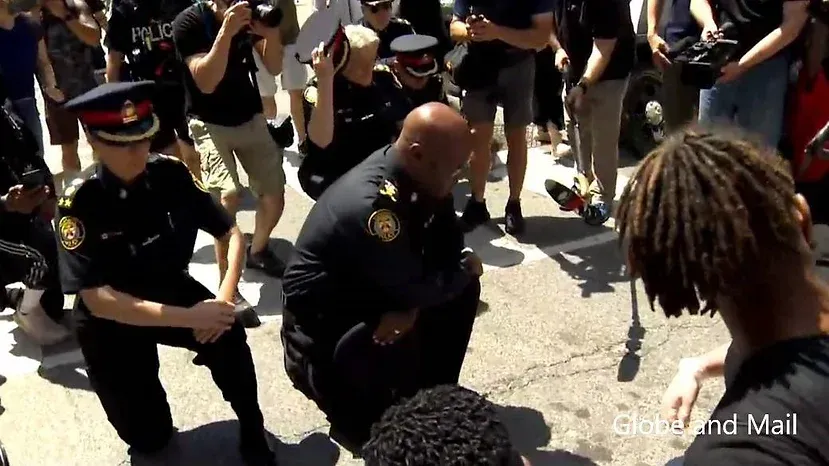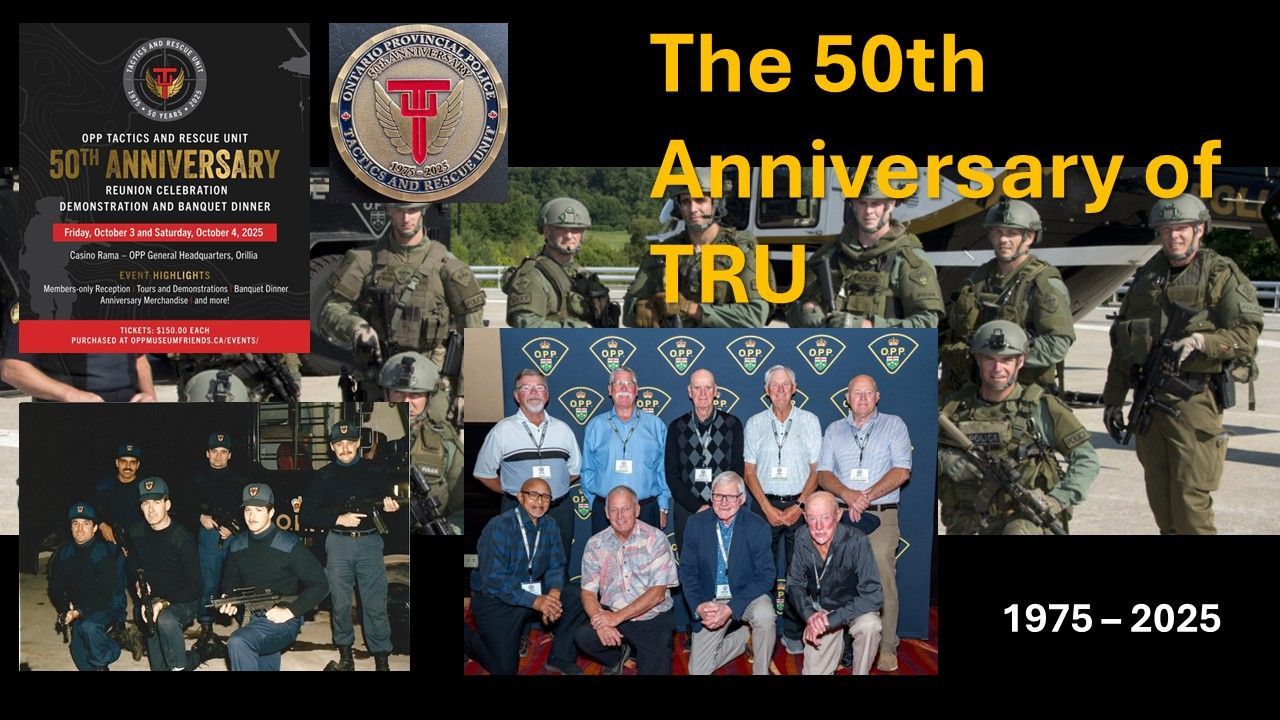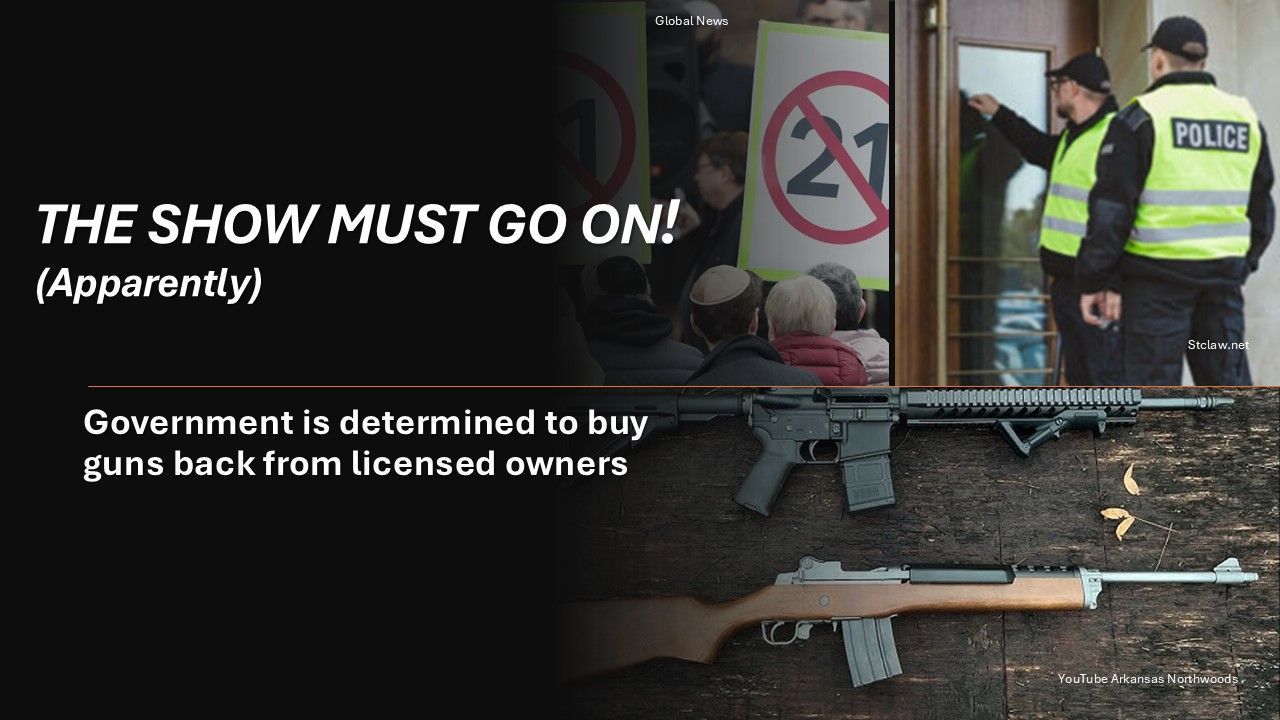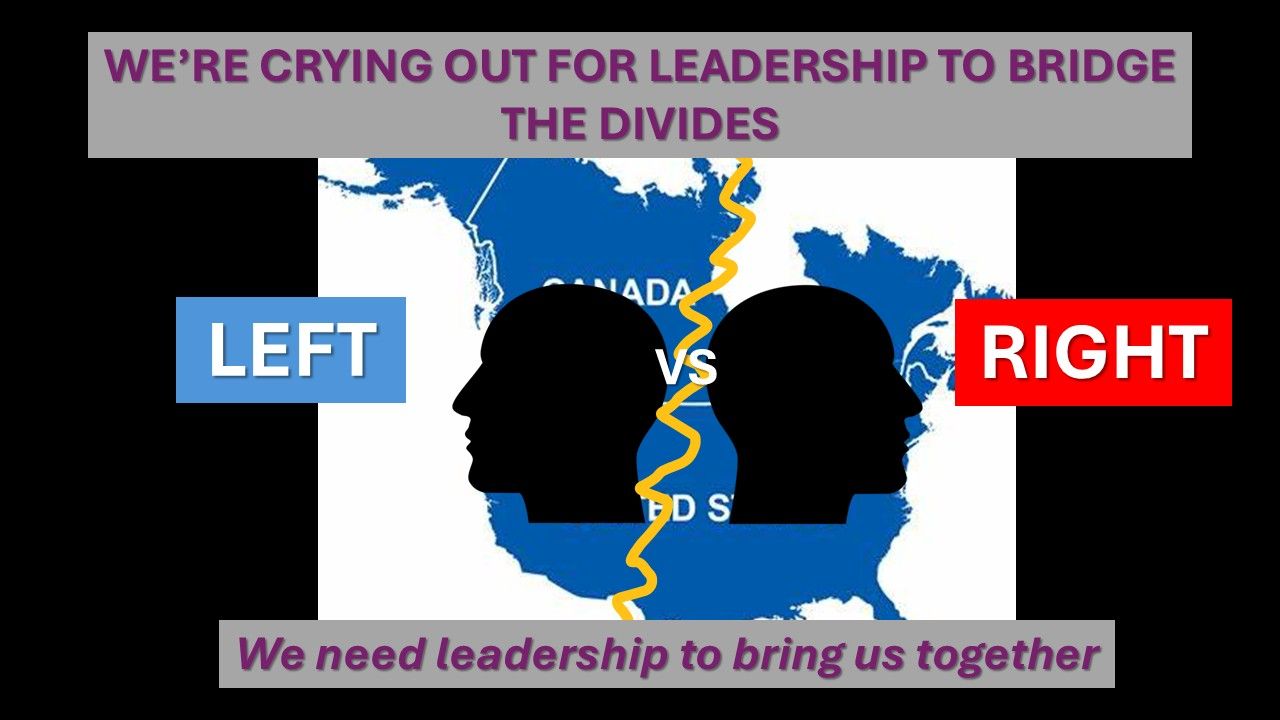New Paragraph
No, not in my view.
However I do believe that there are racist police officers in most or all police services in this country and across North America.
This is not a Master’s thesis or an empirical research paper. It is simply my opinion, based on 36 years serving as an officer and leader of one of North America’s largest police services and having additionally studied police activities and the analysis and reporting surrounding same, for the 6 years since.
The many protests – mostly peaceful that are occurring around the world following the murder of a Minneapolis man of colour at the hands of police, are quite rightfully demonstrating against racism and against police brutality, neither of which are acceptable. Focused and respectful dialogue on these topics is a good thing in my view. Some of the resulting narrative concerns me though, as Canadian police are being accused by some of “systemic racism”. I don’t believe that broad-brush characterization is accurate or fair.
My understanding of "systemic racism" is that racism is entrenched in an organization’s members, policies and processes, which then results in certain racial groups being categorically treated unfairly. It would be a pervasive culture of racism.
Is that what we are seeing in Canadian police services?
Racism is not confined to white people. And similarly is not only directed towards black people. Unfortunately racism exists throughout all societies – entrenched more deeply in some than in others, but it involves people of all colours.
Racial profiling or what became known as “carding” in Ontario, started out decades ago as a process that was never meant to be unconstitutional, discriminatory or to offend the rights of community members whatsoever. Officially known as “street checks”, the intent was to have a process for police to record information about suspicious people in suspicious circumstances with the hope that someday that information would link with other information gathered and help solve crimes. I submitted hundreds of them as a uniformed police officer on outlaw motorcycle gang members traveling across the province; known criminals in high-crime areas and who they were associating with; and more. Traditionally that has been an expected role for police, but never designed to be a racially-based system.
Thankfully, “Walking while black” has never been an offence under any legislation, however the “application” of the street check system by some officers in some locations in some jurisdictions led to a disproportionate number of people of colour being checked by police. The statistics in some municipalities spoke for themselves. No police chief would knowingly accept officers arbitrarily checking non-white citizens and gathering information from them for no valid reason, but it was happening. Fragile relationships between some community members and their police services understandably grew. That well-publicized concern inevitably affected police agencies from coast to coast and substantive change resulted.
A number of organized crime groups are ethnically based. Outlaw bikers are mostly white. Triads are Chinese. MS-13 members are largely Hispanic. La Cosa Nostra – Italian. East European organized crime groups are just that – eastern European. That is not a damnation of any of those racial groups whatsoever, it is simply a reality.
In Toronto, the majority of street-gang members are young black males. In northern Ontario, street gangs are almost exclusively comprised of Indigenous people. If Toronto police and the OPP are doing their jobs in relation to street gangs and are aggressively targeting them through legal intelligence gathering, investigation and enforcement, then they will be dealing with young men from specific racial groups. Arrests will be made and confrontations will occur as a result. The police at times will have to use force when making such arrests and unfortunately sometimes that won’t be pretty. But why are so many black and Indigenous young men drawn to the destructive street gang lifestyle? Why are so many living in poverty or suffering through addictions? There undoubtedly is systemic racism within the socio-economic factors that lead to those realities and that is concerning.
Certain areas within some specific municipalities are made up of a significant majority of people of particular ethnicities. As a result, that is the segment of the population who the local police interact with as victims, witnesses, suspects and the motoring public in that area. As a young officer I worked in a region that was largely inhabited by French-Canadian people. Did I stop more French motorists than English? Did I arrest and charge more French people than English? Of course I did, but it wasn’t done with ill-will or bias. That was simply the local demographic. But was I on patrol thinking to myself “I have to arrest and charge some French-Canadian folks tonight”? Of course not.
But what is important in all of the above is that all Canadians – regardless of race, creed, religion, lifestyle, age, gender or colour, are being dealt with professionally; respectfully; legally; fairly; within the rights afforded all in the Canadian Charter of Rights and legislation; in an equitable way; and within the core values of their police service. If members of one group are being treated differently in any way than members of another group, then that’s discrimination by the individuals that do it and those that allow it. If the policies, practices and leadership of the police service allow or condone such inappropriate behavior or don’t effectively address it when it occurs, then the racism is systemic.
Most or all of Ontario police services have anti-racism policies; diversity programs; and hold public dialogues with various community groups where issues are aired, discussed and solutions developed. Police services also have targeted recruitment programs to ensure the services are comprised of uniform and civilian employees that represent the cultural and racial make-up of the community. Some of those are more successful than others, but I know they all try. They also have imbedded policies and disciplinary codes that must be adhered to. Once again, these processes aren’t foolproof or perfect by any means, but officers continue to be formally disciplined or charged through them.
Three of the biggest police forces in Canada are led by people of colour. None of these leaders or any of their counterparts across the land wants anything less than the best from their people and for their communities. But unfortunately bad things happen on occasion, once again because they hire “people” and provide policing services to human beings. That’s not an excuse for bad officers, bias, excessive force or inappropriate behavior, but it is the reality they face.
Ontario has led Canada in the independent oversight of police, regarding complaints against police and the use of force by them. These systems are not flawless and don’t always result in the outcome desired by complainants and/or the officers involved. They are managed by people and humans are not perfect. But they must continually try their best to do the right things for the right reasons and strive to be better.
Investigations into police use of force must focus on a number of issues: Was it justified? If not, did it occur through malice, negligence or an honest error? Were criminal or Police Act offences committed? And throughout, was it racially-based? What level of disciplinary action applies if the policies or rules weren’t followed? And lastly, is there anything to be learned from the event from training, policy and equipment perspectives? Not answering these questions and taking decisive and fitting action as appropriate, is a failure of public policing. I firmly believe that Canadian police leaders are strongly committed to that principle.
Public trust is a fragile commodity for police that is earned one interaction at a time. When it breaks down because of bad officers, good officers are no longer trusted either.
It is the responsibility of the police service leaders, all employees and unions to challenge the bad officers and send a clear message that members will be held accountable for their actions.
ALL police services can, should and must do better for ALL the people they serve. They can never rest on their laurels and accept anything less than a constant determination to do better and make progressive change where required. However that doesn’t mean that racism is pervasive through Canadian policing or that “policing is broken” in this country like some would have us think. It is unfair to the vast majority of officers to suggest otherwise.





